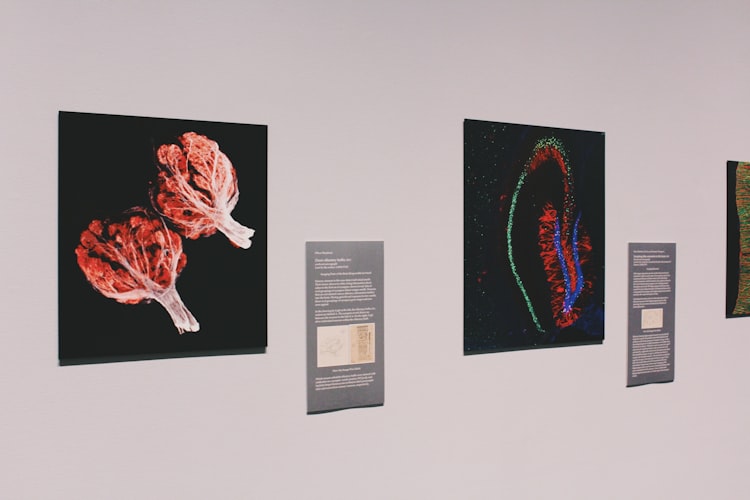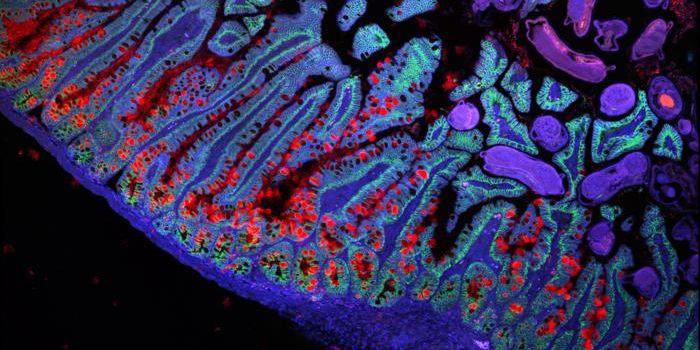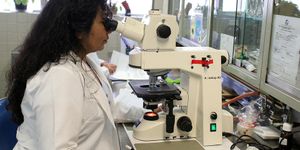Technology Lights The Way For Safer Imaging Techniques
Current imaging techniques rely on the possibility of harmful radiation. To challenge that, researchers at John Hopkins University provide new evidence of developing alternative imagining for safer procedures. Findings were published in the April issue of IEEE Transactions in Medical Imaging.
"This is the first time anyone has shown that photoacoustic imaging can be performed in a live animal heart with anatomy and size similar to that of humans. The results are highly promising for future iterations of this technology," says Muyinatu Bell, assistant professor of electrical and computer engineering at The Johns Hopkins University, director of the Photoacoustic & Ultrasonic Systems Engineering (PULSE) Lab, and the study's senior author.
Learn more about imaging sciences:
Scientists tested their technology during a cardiac procedure used to diagnose various heart diseases. Currently, clinicians use ‘fluoroscopy’-- an x-ray-like method that shows the shadow of invasive tools giving information regarding their depth. However, the new technology relies on light or photoacoustic imaging. The imaging relies on the energy of pulsed laser lights that show-up in the body, the light is then absorbed by certain molecules in the tissue causing a rise in temperature. For example, hemoglobin in the blood carries oxygen and absorbs light resulting in a slight elevation in temperature.
The temperature change then creates a rapid heat expansion that generates a sound wave that is recreated into an image.
"We envision that ultimately, this technology will be a complete system that serves the four-fold purpose of guiding cardiologists towards the heart, determining their precise locations within the body, confirming contact of catheter tips with heart tissue and concluding whether damaged hearts have been repaired during cardiac radiofrequency ablation procedures," says Bell.
Learn more about photoacoustic imaging:
Earlier studies on photoacoustic imaging focused on its use outside of the body—particularly in dermatological procedures. When used internally, it can reduce radiation damage and provide effective diagnostic methods for difficult diseases.
Source: Science Daily









